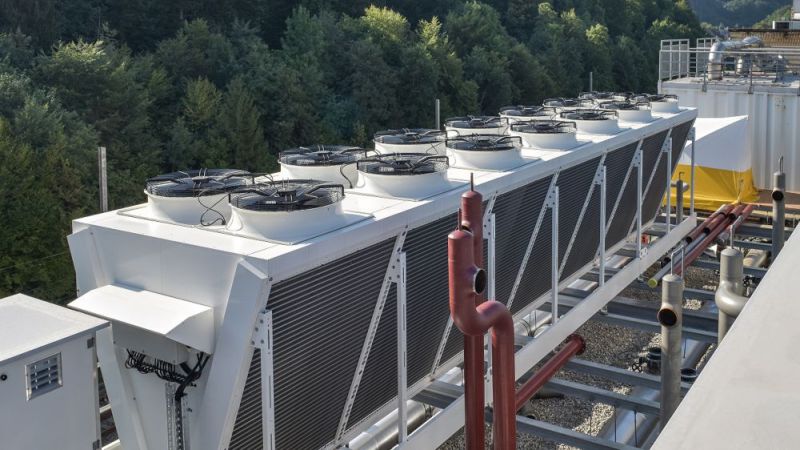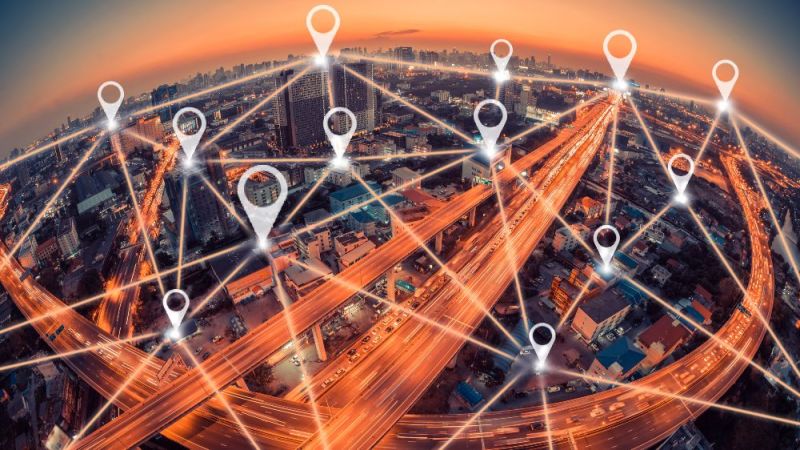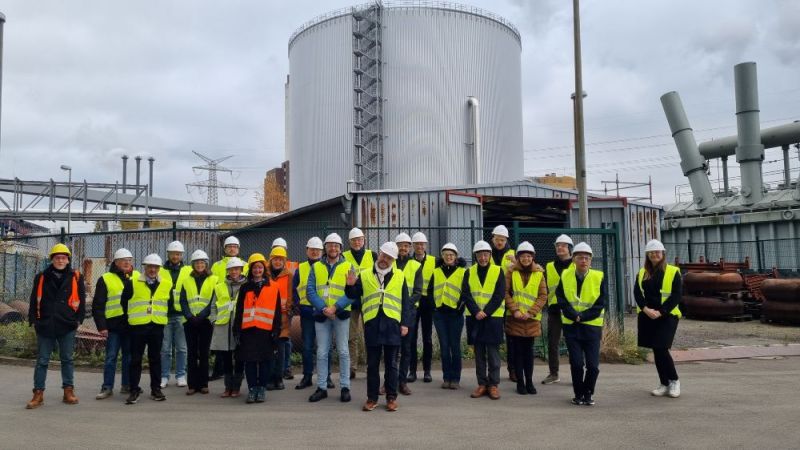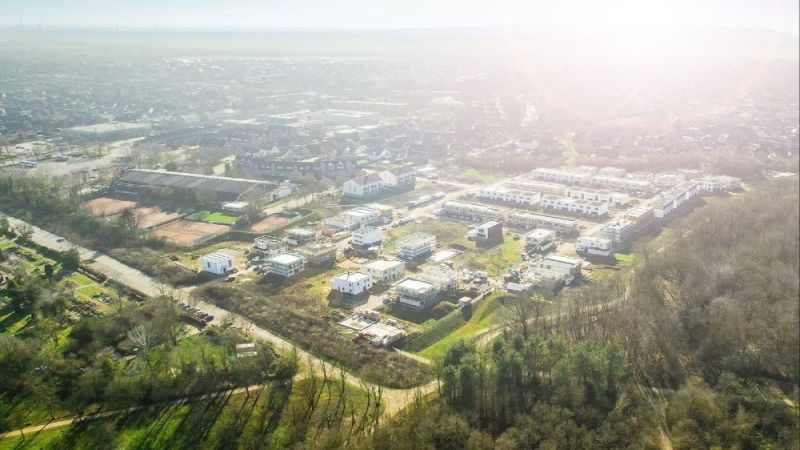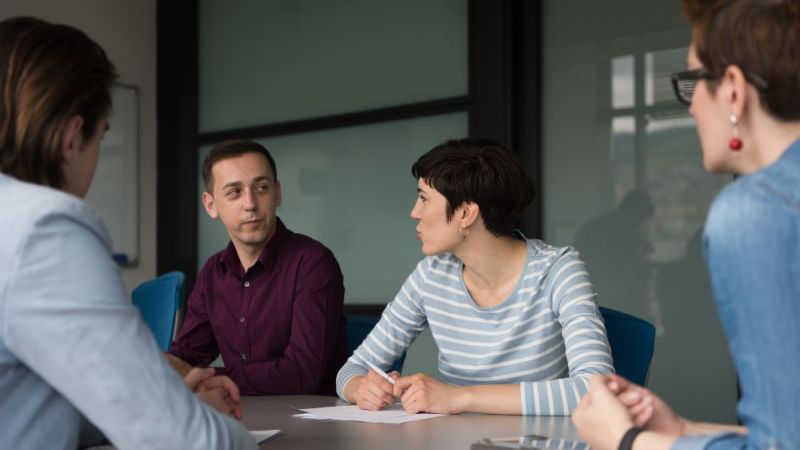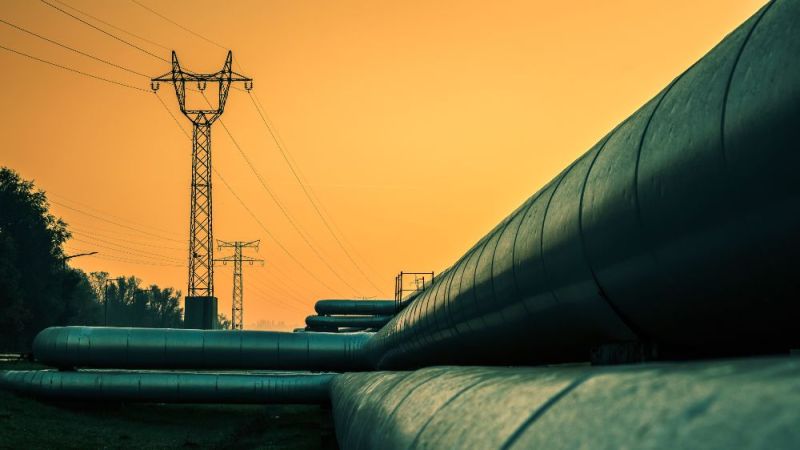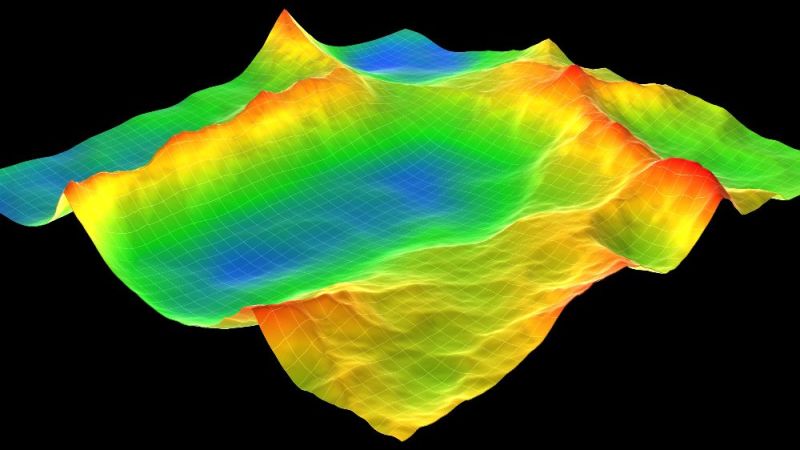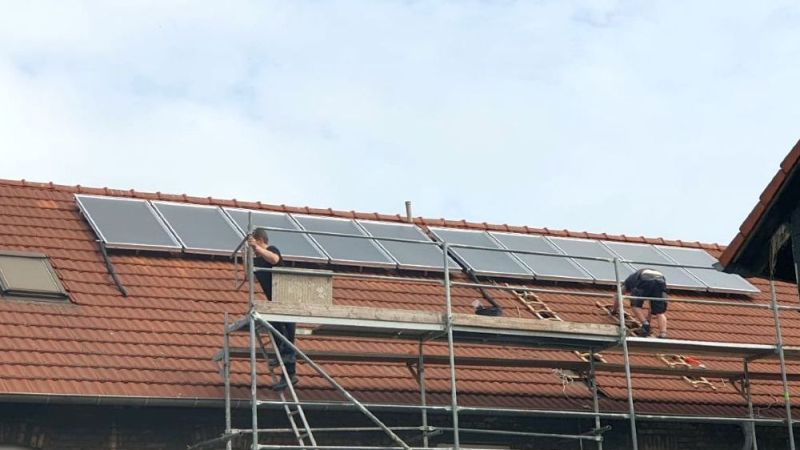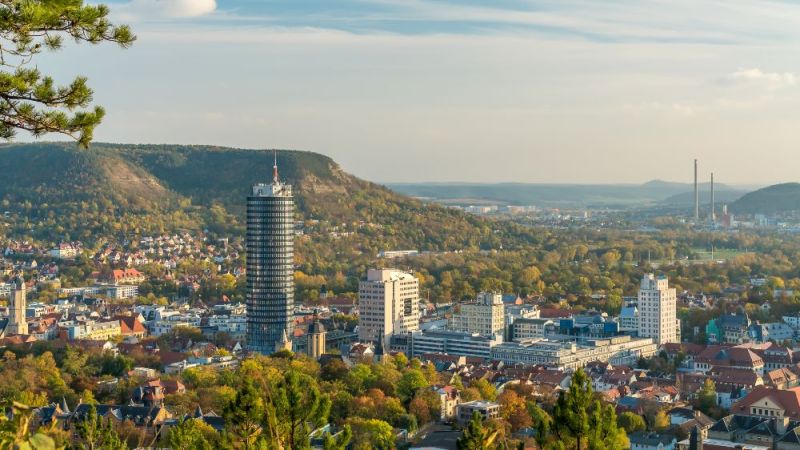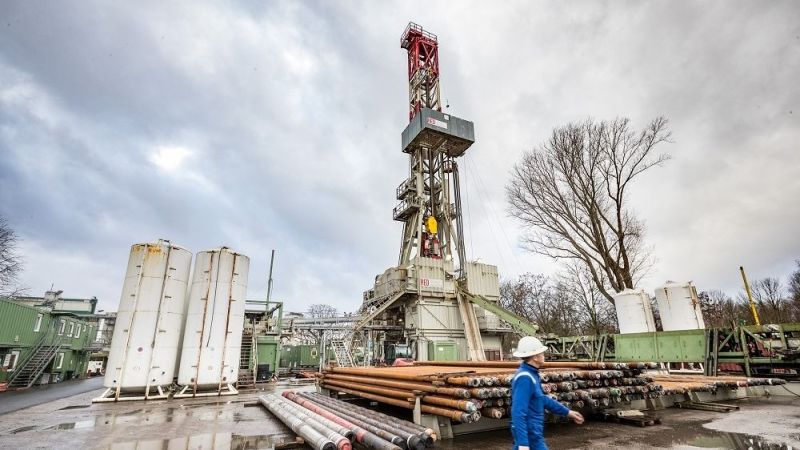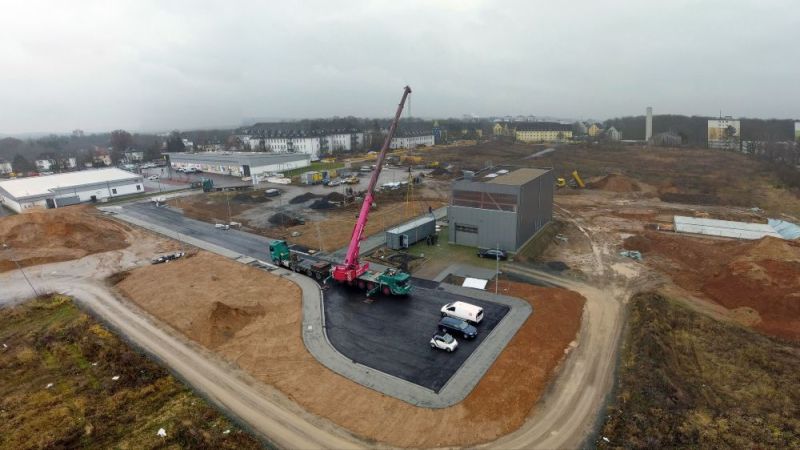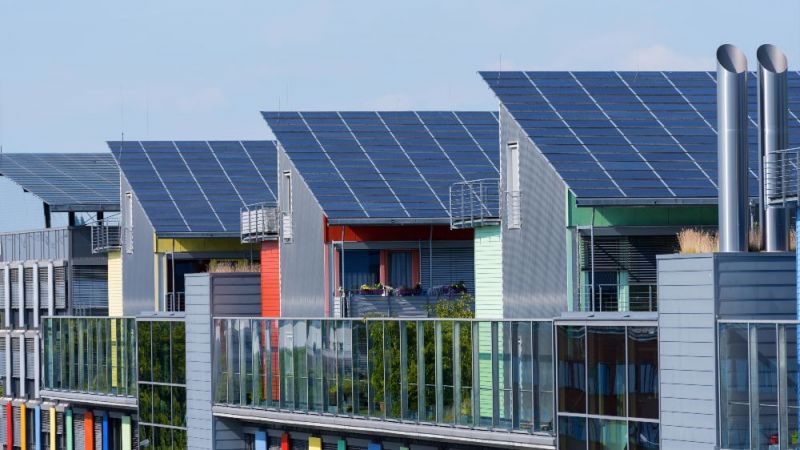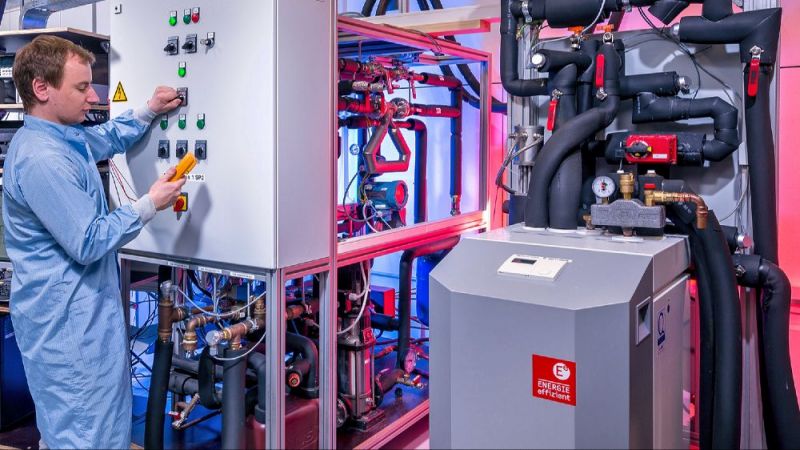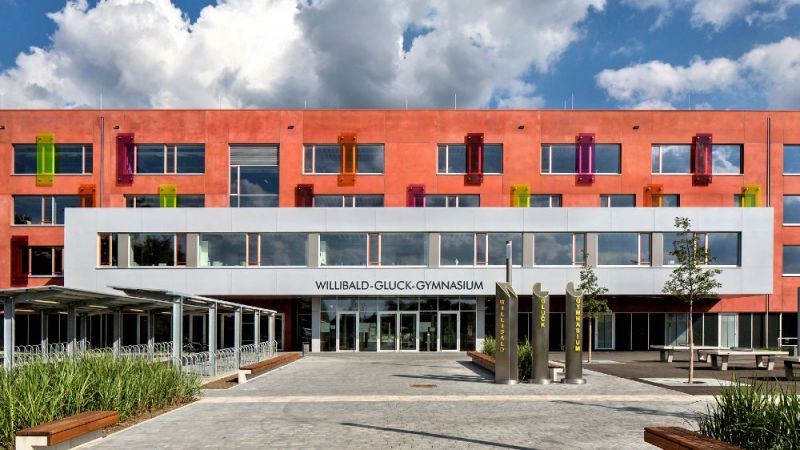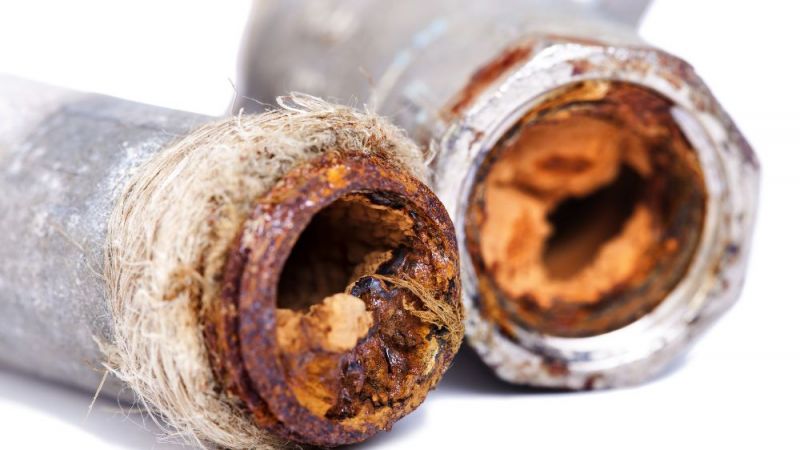
EU refurbishment strategy
A Renovation Wave for Europe and Germany
The implementation of this renovation wave is in the hands of the individual EU member states. An event held during the Berliner Energietage (Berlin energy week) highlighted how Germany might pursue this aim. Focusing on the topic of a renovation wave for Europe and Germany, representatives from politics, society, and industry debated the role that the EU’s biggest economy will be required to play within this strategy.
Stefan Moser, Head of Unit, Energy Efficiency: Buildings and Products at the European Commission’s DG for Energy, gave a comprehensive presentation of the strategy. The European Commission had originally presented the Renovation Wave programme last October. The programme aims to improve the energy performance of buildings, double renovation rates, and help Europe to reach net-zero emissions by 2050.
Buildings are currently responsible for 40 percent of European energy consumption. Emissions-saving materials and processes are still too rare when it comes to renovations. The EU sees the potential to improve this situation. (Click here to view the European Commission’s Renovation Wave strategy as a PDF.)
Moser underlined just how many factors are tied up with the main goals of the strategy: energy efficiency, affordability, resource efficiency, the integration of buildings into entire city concepts, and the digitization of the construction industry and buildings. And this only represents a fraction of the overall picture; we need to see a holistic approach to the renovation wave, Moser explained. It is important that the EU not only ploughs money into the project, but that various financing options are established, he added. State subsidies and private investments also need to be mobilized.
The EU can at least count on Germany’s support at a national level, explained Thorsten Herdan, head of energy policy – heating and efficiency at the German Federal Ministry for Economic Affairs and Energy (BMWi): “We in the political sphere need to send out clear signals. It is not enough to simply focus on individual buildings. Our current regulations are preventing the interconnection of different building types and stakeholders. This is something we need to improve.” Instead, the BMWi wants to facilitate innovative business models with new instruments, he said.
Herdan: “We need to get people on board”
Herdan also pointed to the extensive activities already taking place and highlighted the high demand for renovations, citing price increases for materials and the fact that many tradespeople are either currently unavailable or only available with long waiting times. “The industry is committed to the cause, but only has limited resources. These resources need to be built up, particularly in the long term,” Herdan explained. This is another area in which the BMWi is looking to get involved, he added. His conclusion: “Germany’s renovation wave is already under way.”
“We’re ready for this wave,” said a more reserved Oliver Rapf, Executive Director of Buildings Performance Institute Europe. Germany is not trailing behind other European countries, but it’s not delivering any best-case examples either. “The renovation wave provides huge opportunities,” he explained. For industrial sectors affected by structural change, for instance, manufacturers of renovation components can draw on the resources of workers from the automobile industry, among others.
“We need to generate enthusiasm and get people on board,” said Herdan in summary of the representatives’ aspirations for the renovation wave. The individual interests of the German economy were also reflected in the round of discussions. Ingeborg Esser, chief executive of the federal association of German housing and real estate companies (GdW), explained that in order to be “customer-friendly”, this would particularly require emissions reductions, less regulation, and more cost incentives, for example through CO2 prices. Stefan Moser also stressed the need to incorporate the buildings sector in emissions trading. “However, it is important that those who are struggling to get by are not put in a tight situation as a result,” he said. Each measure also has a social aspect, he added.
This much became clear during the second part of the event, as the EU’s New European Bauhaus initiative was presented. This initiative will see the establishment of a council of external experts from science, architecture, design, art, planning, and civil society.
Going green with the New European Bauhaus
“We want to find out how we live better together after the pandemic. It is about matching sustainability with style, to bring the European Green Deal closer to people’s minds and homes,” said European Commission President Ursula von der Leyen at the presentation of the European Green Deal at the start of the year.
Ralf Niebergall, Vice-President of the Federal Chamber of German Architects, believes that this moment represents a signal for a new departure. However, at the Berlin energy week, he also underlined the social and ecological imperatives that go hand in hand with the European initiatives. Nevertheless, the New European Bauhaus will help to deliver the European Green Deal, according to von der Leyen.
The EU measures in the buildings sector will also be supported by existing funding programmes. Within the scope of the Strategic Energy Technology Plan (SET Plan), for example, competitions will be held in the field of sustainable construction. Germany is well positioned in this regard: the BMWi is already running a prestigious European energy competition, Solar Decathlon . (pj)



